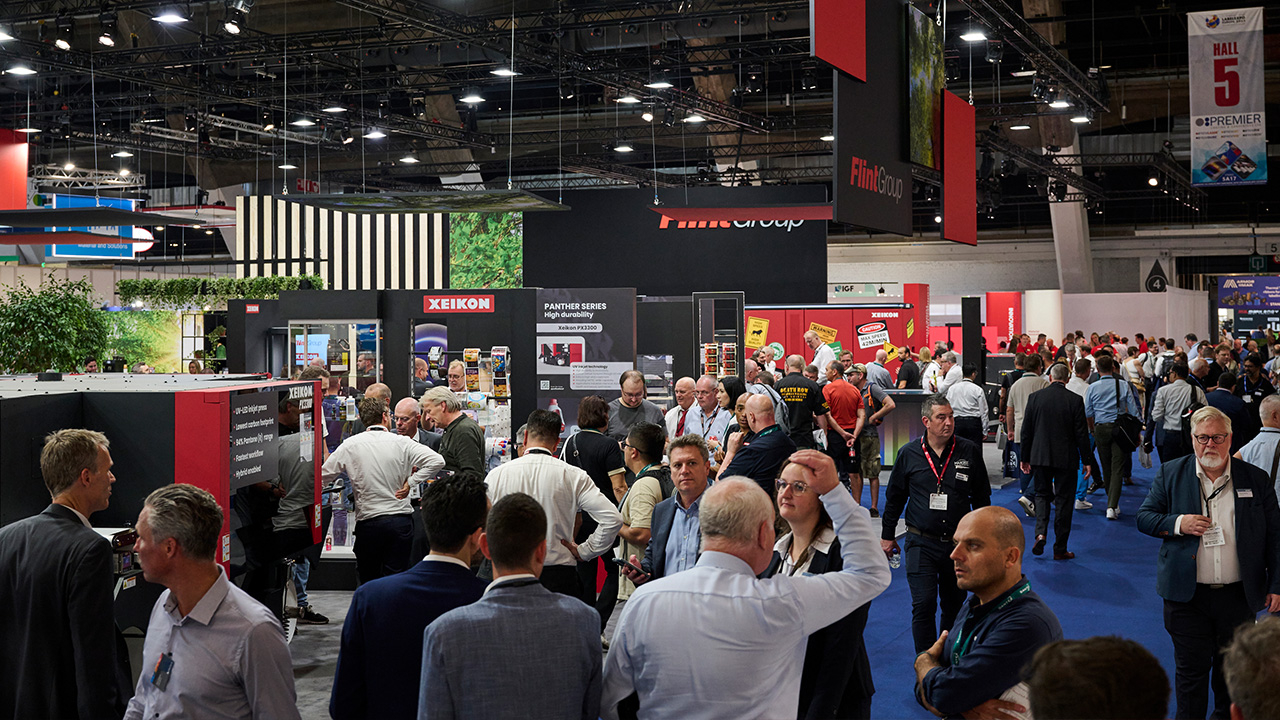Mike Fairley: digital Q&A

Q: Of the current installations, are there a percentage that end users have installed on their own sites, instead of using a converter?
Dudley Fay, procurement category manager, global demand print, Diagio
Mike Fairley: To my knowledge there are no HP Indigo liquid toner or Xeikon dry toner presses installed in end user facilities. These machines are mostly used for higher quality work which includes over-varnishing and die-cutting (often gold foiling, etc) and require a level of skill from operators for set-up and running.
Inkjet is slightly different. Using UV inks means that over-varnishing may not be required for many label jobs. If the label sizes are continually the same size, then the complexity of regularly changing die-cutters is much reduced. This is the case particularly in the pharmaceutical industry, and I know that EFI Jetrion has now installed some inkjet presses in pharma companies. Printing is usually in only 2/3 colors so that also helps.
The other route that has some installations is where label converters have installed a digital label press in their customer's plant and they then manage the label printing in-house for the end user.
Q: If the cost of flexography printing can be cut in half, will this reduce the growth rate of digital presses?
Q: What is the main advantage of electrophotographic digital labels versus inkjet digital label production? How about in five years?
James Buntain, chief technology officer, Eastman Kodak Company
Mike Fairley: In response to the first question: in my view, no. The cost of digital (essentially the consumables) is already more expensive than flexo. It is not so much to do with printed label cost, it is more to do with adding value and service to the label business. Run lengths are decreasing all the time; companies are reducing stock holding of printed labels, they are rationalizing their supply chains, looking to do more versions, etc.
The way to make digital label printing profitable is nothing to do with selling on price. Successful digital label printers make their profit from adding value and service, such as: reducing lead times, on-demand printing, managing supply chains, test marketing, short run proofing, producing multi-versions or variations, and production flexibility.
Additionally, the average label print run for digitally printed labels is currently under 10,000 labels. Again, it is difficult to make flexo profitable at this level. Label converting plants with both flexo and digital mostly claim to make most of their profit from digital.
With regard to the second question: the dominant digital label technology today is HP Indigo, with probably around 80 percent of the total installed 1,200 worldwide base. They have succeeded because of excellent marketing – they undertake feasibility studies with converters, work out their break-evens and investment payback time. They can offer color guaranteed printing. They have a wider color gamut than conventional printing. They give excellent after-sale support.
Color drop-on-demand inkjet arrived some ten years later and has – up until now – been perceived as of lower quality and performance. That, I think, is now starting to change. Quality of reproduction, enhanced definition, better inks, the introduction of white inks, etc, are all making the process more saleable and installations are now starting to grow more rapidly. The fact that some very big suppliers with global reputations (Durst, Domino, Epson, for example) are entering the market is also now changing the perception of performance, quality, support, etc. New inkjet technology, such as the Memjet engine shown at Ipex, which has 70,400 nozzles and claims photographic quality, will undoubtedly also change the perception of inkjet. Initial forecasts that I have seen seem to indicate that inkjet will grow rapidly over the next five years.
There are now something like 30 different digital makes and models of inkjet label presses on the market. Not all will survive, but the market leaders will probably grow fast and succeed rapidly. The Digital Label Summit coming up in
Stay up to date
Subscribe to the free Label News newsletter and receive the latest content every week. We'll never share your email address.


